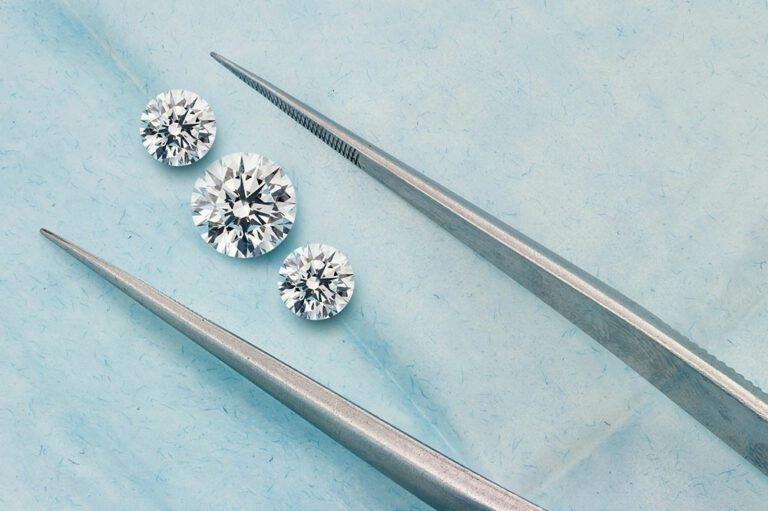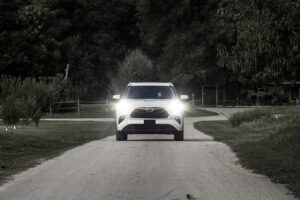
4 mistakes to avoid while buying lab-grown diamonds
Given the high costs and ethical concerns surrounding natural diamonds, it is no surprise that more people are opting for lab-grown diamonds today. Created from the same carbon as natural diamonds, these tend to be cheaper and more abundant, with much room for quality control. However, buyers often make certain mistakes when purchasing synthetic diamonds, which result in significant losses. Here are a few common mistakes to avoid while buying lab-grown diamonds. Not knowing the basics When buying diamonds – whether natural or lab-grown – there are four important C’s that determine the price of the stone. These include the following- Cut— Each diamond has a distinct cut, which impacts how it disperses light. Some popular cuts include round, cushion, emerald, oval, marquise, radiant, pear, princess, and heart. Carat weight— Next comes the diamond’s weight and size, also known as carat. This can be customized based on customer preferences and budgets. Clarity- Diamonds could have various flaws, such as tiny spots, air cavities, clouds, etc., which impact their beauty. If there are no such inclusions, the diamond is categorized as FL (flawless), driving up its price. Color- Colorlessness is also a desirable quality of diamonds. This is rated from D to Z, where D is the rarest (most colorless).
Read More 



